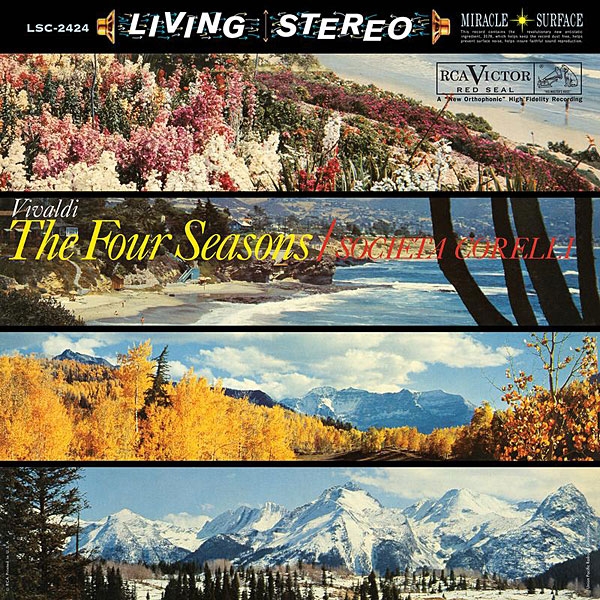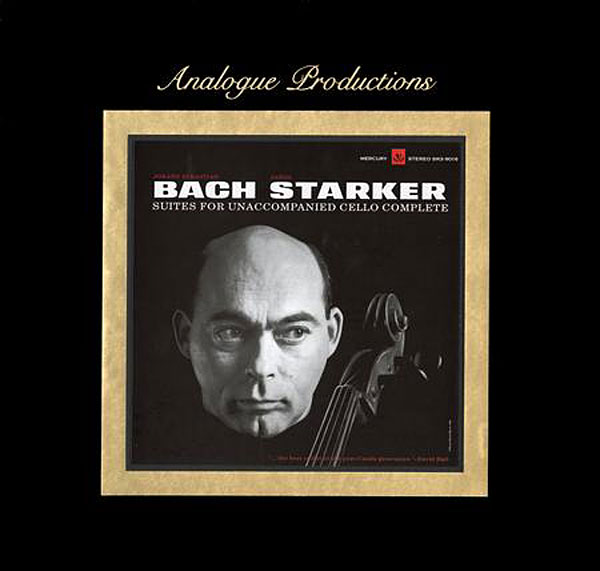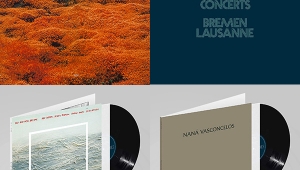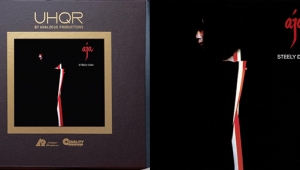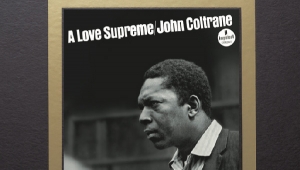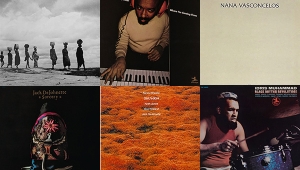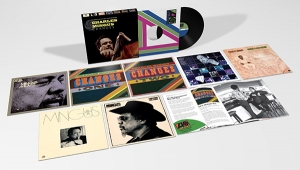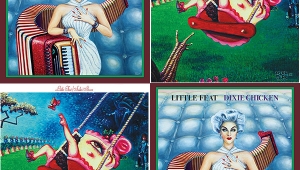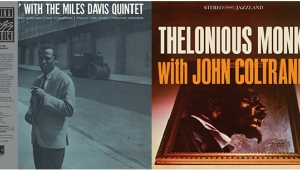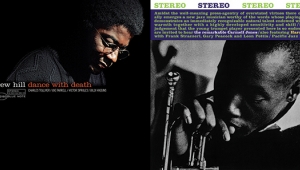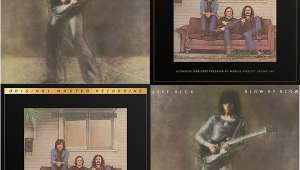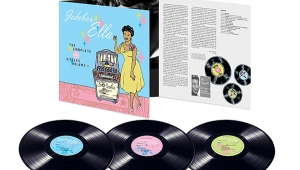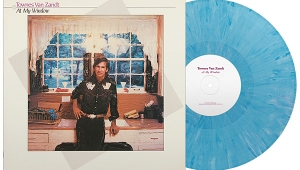| Columns Retired Columns & Blogs |
....... an era when the vast majority of phonograph styli in use were spherical..." quoted Art.
Yes, I fully concur what Art said.
I found quite a few pre-owned 50-60s classical music LPs which I own sound so OPEN, natural & enjoying vs so many later cut LPs when I play them with an old cheapy Audio Technica MM cartridge with conical stylus.
This make me think again if elliptical stylus too "good" to track oldie LPs??
Listening is believing
Jack L
